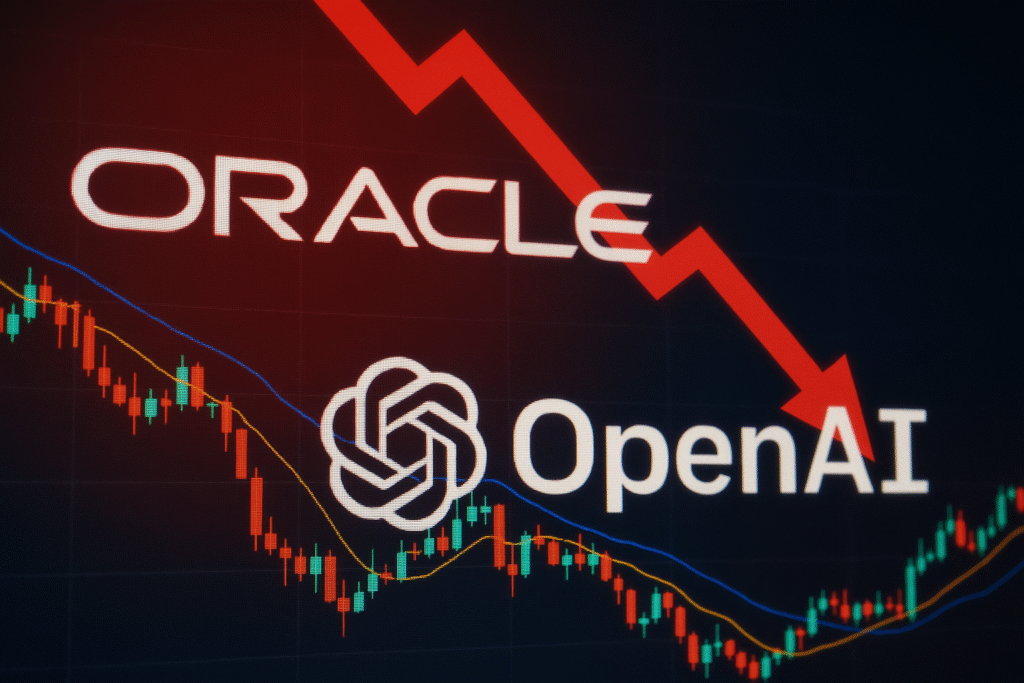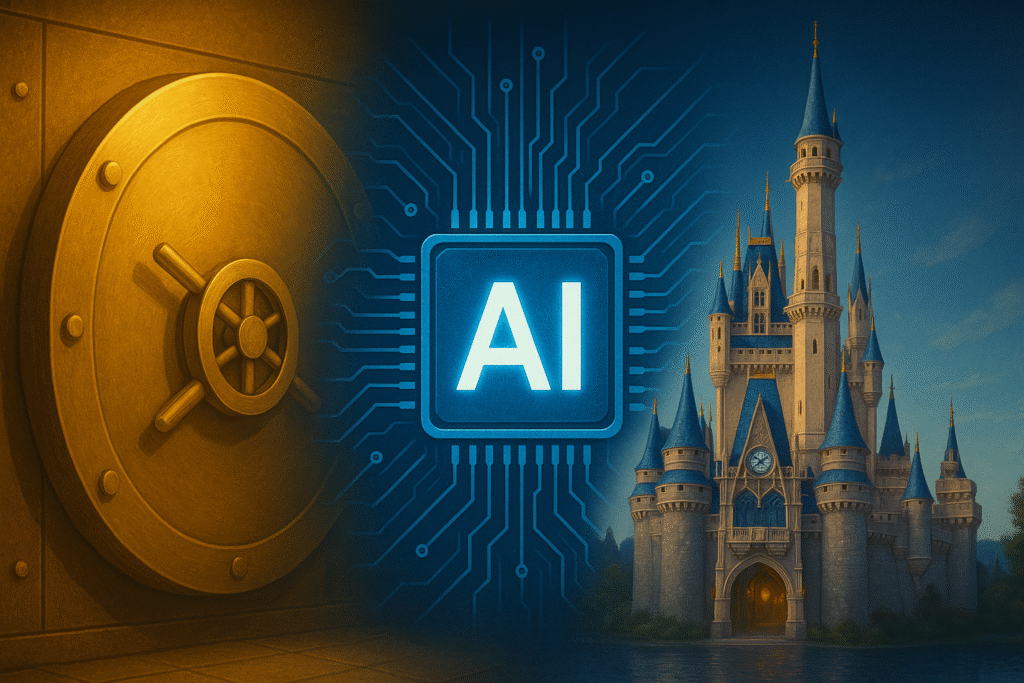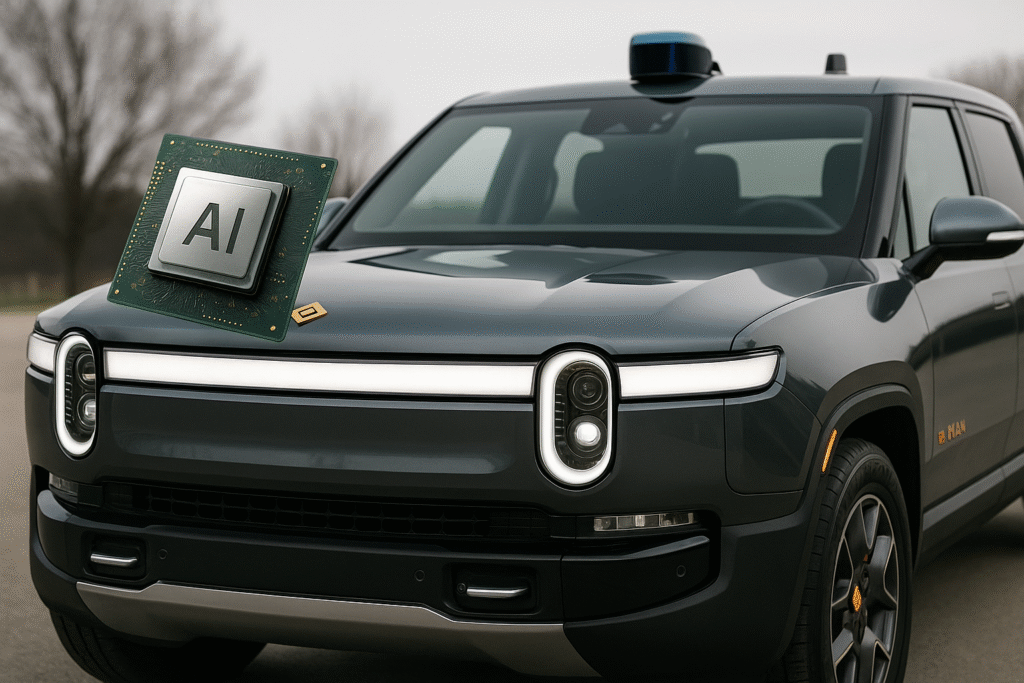A Trillion-Dollar Buildout Is Underway
Running advanced AI models requires immense computing power — and the world’s biggest tech companies are racing to build the physical infrastructure to sustain it.
On a recent earnings call, Nvidia CEO Jensen Huang predicted that $3–4 trillion will be spent on AI infrastructure before 2030 — largely by AI firms themselves. The investment spree spans cloud computing, chip supply, and energy generation, creating a new global power dynamic that fuses technology, capital, and geopolitics.
Microsoft and OpenAI: The Deal That Started It All
Microsoft’s $1 billion investment in OpenAI in 2019 was the spark that ignited the modern AI era. The partnership made Microsoft the exclusive cloud provider for OpenAI — a relationship that helped both companies scale rapidly.
Over time, Microsoft’s total investment ballooned to nearly $14 billion, much of it in Azure cloud credits rather than cash. That model set the blueprint for AI infrastructure financing — tying data capacity to strategic partnerships instead of simple equity stakes.
But the partnership has since decentralized. OpenAI now has a right of first refusal with Azure but can use other clouds if Microsoft can’t meet its needs. The move reflects a broader diversification trend across AI — one that’s creating massive opportunities for competitors like Oracle, Amazon, and Google Cloud.
Oracle’s Meteoric Rise in the AI Cloud Race
In June 2025, Oracle (ORCL) revealed a $30 billion cloud deal with an unnamed partner, later confirmed to be OpenAI — a contract larger than Oracle’s entire annual cloud revenue at the time.
Then in September, Oracle announced a five-year, $300 billion compute deal beginning in 2027 — again tied to OpenAI. The company’s shares skyrocketed, briefly making Larry Ellison the world’s richest man.
Even if the full value is aspirational, the message is clear: Oracle has cemented itself as a central player in AI’s infrastructure economy. The deals catapulted the company from a legacy database firm into one of the core suppliers of compute for the AI age.
Nvidia: Selling the Shovels in the AI Gold Rush
While other companies build or buy the infrastructure, Nvidia (NVDA) is supplying the picks and shovels — and rewriting the rules of tech finance along the way.
Flush with cash from GPU sales, Nvidia has become an active investor in its own ecosystem:
- $5 billion stake in Intel (INTC) to support US manufacturing.
- $100 billion GPU-for-stock deal with OpenAI, effectively trading chips for equity.
- Similar GPU-for-equity arrangements with xAI and AMD, ensuring Nvidia stays embedded across the entire AI stack.
These circular deals are designed to lock up supply and preserve Nvidia’s dominance — reinforcing scarcity in the GPU market while fueling the very data center buildout that depends on its chips.
Meta’s $600 Billion Infrastructure Bet
Few companies are spending as aggressively as Meta (META). CEO Mark Zuckerberg has committed $600 billion through 2028 toward expanding Meta’s US infrastructure footprint — a figure that dwarfs most national budgets.
Key initiatives include:
- Hyperion: a 2,250-acre Louisiana data campus powered partly by nuclear energy, capable of 5 gigawatts of compute.
- Prometheus: a natural gas–powered Ohio site slated to come online in 2026.
- $10 billion deal with Google Cloud to handle part of Meta’s AI workload.
While Meta’s buildout strengthens America’s AI base, it comes with environmental trade-offs — echoing issues seen with Elon Musk’s xAI facility in Tennessee, which drew scrutiny over emissions from natural gas turbines.
The Stargate Project: America’s AI Moonshot
Two days after his second inauguration, President Trump unveiled “Stargate” — a $500 billion joint venture between SoftBank, OpenAI, and Oracle, billed as the largest AI infrastructure project in history.
The plan: build a vast network of data centers across the US, funded by SoftBank, built by Oracle, and powered by OpenAI technology.
- Eight facilities are already under construction in Abilene, Texas, with completion expected in 2026.
- Trump has promised fast-track regulatory approvals to accelerate deployment.
Despite early hype and internal disagreements, Stargate remains a symbol of national-scale ambition — an attempt to onshore the infrastructure backbone of the AI revolution.
WSA Take
The AI revolution isn’t just a software story — it’s an infrastructure story.
From trillion-dollar data centers to GPU-for-stock deals, the world’s biggest tech firms are racing to own the physical backbone of the next digital era. The result is a historic shift in how value is created — away from app-layer innovation and toward control of compute, energy, and capital.
It’s not just about who builds smarter algorithms anymore. It’s about who builds the world that runs them.
Read our latest coverage on Rocket Lab’s surge and the global space-tech race
Explore more market updates on the Wall Street Access homepage
Disclaimer
Wall Street Access does not work with or receive compensation from any public companies mentioned. Content is for educational and entertainment purposes only.








